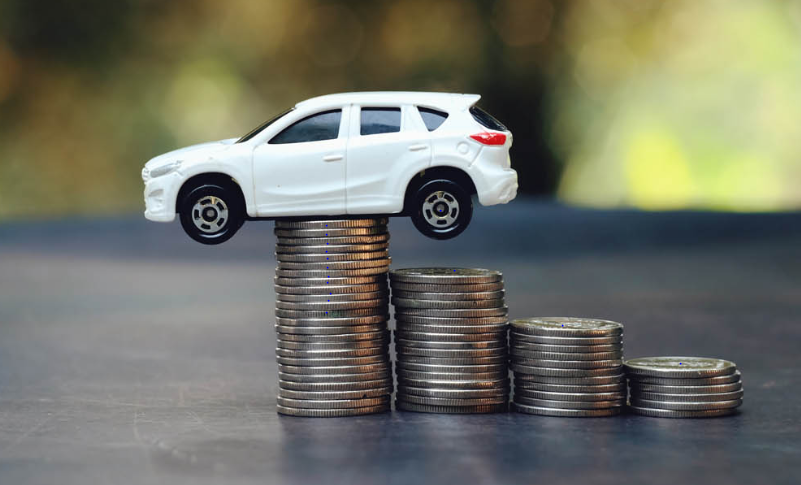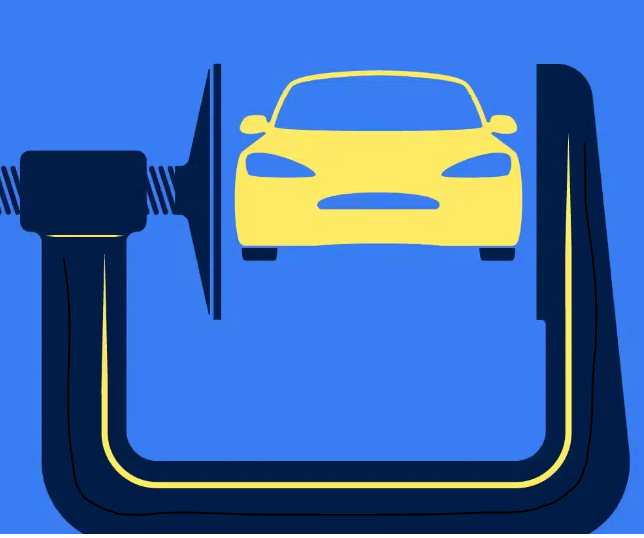When you’re ready to purchase a car, one of the most important decisions you’ll need to make is how to finance the purchase. Car loans offer various repayment options that cater to different financial needs. Choosing the right repayment plan is crucial, as it can significantly affect your monthly payments, the total interest paid, and the overall affordability of the loan.
1. Traditional Fixed-Rate Car Loan Repayment
A traditional fixed-rate car loan is one of the most common repayment options. This type of loan involves consistent monthly payments over a set period, typically ranging from 36 to 72 months. The primary advantage of a fixed-rate loan is predictability. Your interest rate remains the same throughout the loan term, which means your monthly payments will stay the same, making budgeting easier.
This option is ideal for borrowers who prefer a stable payment plan and are comfortable with long-term commitment. Fixed-rate loans can be particularly appealing if interest rates are low at the time of borrowing. However, one downside is that they may come with higher monthly payments than longer-term loans.
2. Balloon Payment Car Loans
A balloon payment car loan is another option where you make smaller monthly payments throughout the term, but a large lump sum (the balloon payment) is due at the end of the loan period. This option might appeal to individuals who expect to have a large sum of money available in the future, such as from a bonus, tax refund, or other income sources.
While the smaller monthly payments can be attractive, the balloon payment can be quite substantial, and borrowers need to ensure they have the funds to cover this amount when it comes due. If you’re unsure whether you’ll have the necessary funds for the balloon payment, this might not be the best option for you. However, for those who are confident in their ability to make the final payment, balloon loans can offer flexibility and lower monthly payments.
3. Lease Buyout Loan Repayment
For those who have previously leased a car and are now looking to buy it out at the end of the lease term, a lease buyout loan may be a smart option. This type of loan allows you to purchase the car you’ve been leasing, often at a price agreed upon in the lease contract.
Lease buyout loans typically offer similar repayment terms to traditional car loans, and the interest rates are often competitive. This option can be attractive if you’re happy with the car’s condition and performance but want to stop paying for a lease. One key thing to consider is the car’s market value at the time of the buyout. If the car’s value has depreciated significantly, the buyout price may not make financial sense.
4. Flexible Payment Car Loans
Flexible payment car loans are designed to offer more control over how much you pay each month. Some lenders allow you to adjust your monthly payments based on your current financial situation. This flexibility can be particularly beneficial if you experience fluctuating income or have a tight budget in certain months.
These loans often come with variable interest rates, which means the rate can change based on market conditions. This introduces an element of unpredictability, and while the flexibility can be helpful, it’s important to weigh the risks of higher payments if interest rates increase. Flexible repayment loans are best suited for individuals with stable financial habits and a good understanding of their future income potential.
5. Refinancing Your Car Loan
Car loan refinancing allows you to take out a new loan to pay off your existing car loan, often with better terms, such as a lower interest rate or longer loan term. This can be a viable option if you have improved your credit score since initially taking out the loan or if market interest rates have decreased.
Refinancing can lower your monthly payments, making it more manageable, but it can also extend the length of your loan and increase the total amount of interest you pay over time. It’s important to carefully evaluate your financial goals and whether the benefits of refinancing outweigh the potential drawbacks.
6. Short-Term Car Loans
Short-term car loans typically have loan terms of 24 to 48 months. With this option, you’ll pay off the loan more quickly, resulting in smaller total interest payments. While the monthly payments will be higher compared to longer-term loans, the advantage is that you’ll own the car outright in a shorter amount of time.
Short-term car loans are an excellent option for those who want to minimize interest costs and can comfortably afford higher monthly payments. If you prioritize getting out of debt quickly, this repayment plan may be the best fit for you.
Conclusion: Choosing the Right Car Loan Repayment Option
Choosing the best car loan repayment option depends on your financial situation, goals, and preferences. If you value stability and predictability, a traditional fixed-rate loan may be the best choice. For those who expect to have a lump sum of money available in the future, a balloon loan could be a good option. If you are considering buying out a leased car, a lease buyout loan could be the right path. Ultimately, it’s essential to review the terms of each loan option carefully, considering factors such as the loan term, interest rates, and payment flexibility. Remember, the goal is to find a repayment plan that fits your budget and helps you achieve financial security while still allowing you to enjoy your new vehicle. By understanding these different car loan repayment options and considering your current and future financial situation, you can make an informed decision that sets you up for success in managing your car loan.





